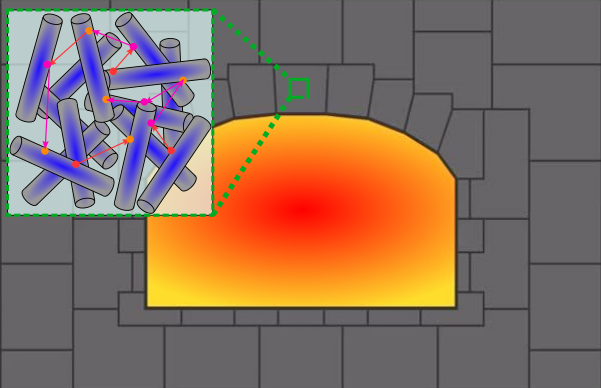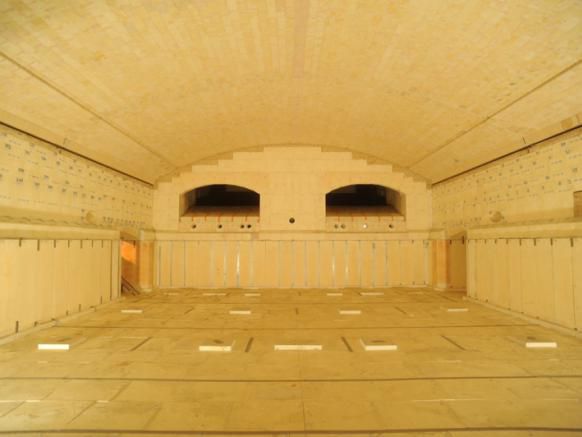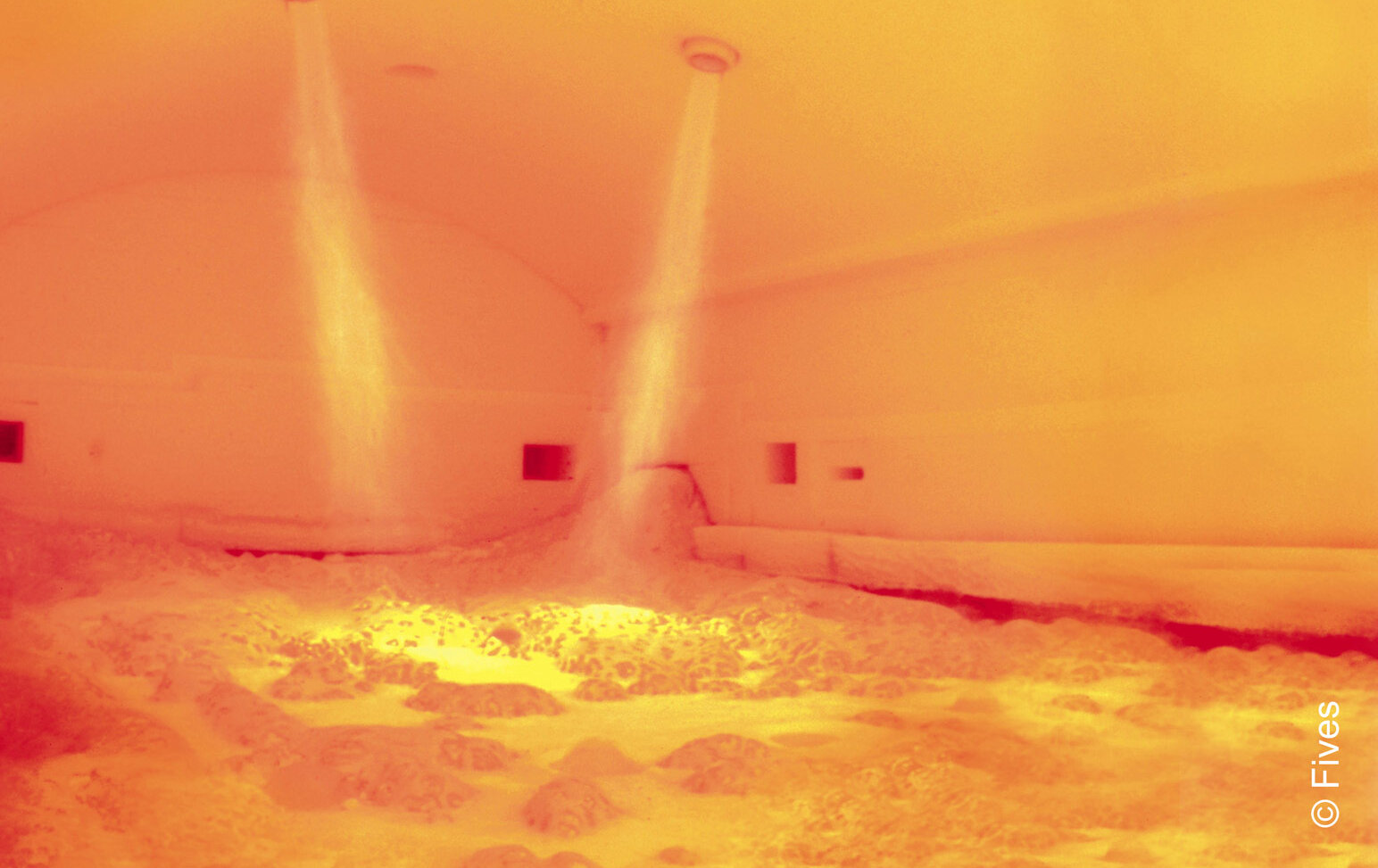[11 February] On the occasion of the International Day of Women and Girls in Science, let’s zoom in on Léa Penazzi, specialised in energetics and heat transfer, currently a post-doctoral fellow in the Heat Management team.
Can you tell us more about your background?
After a Master’s degree in Energetic Mechanics at the Paul Sabatier University in Toulouse, I did a PhD at the RAPSODEE centre (Albi Research Centre for Process Engineering of Divided Solids, Energy and the Environment) at IMT Mines Albi-Carmaux. It focused on the modelling of coupled heat transfers in order to optimise energy systems with complex geometries (cooling of electronic components, porous receivers for solar power plants, building heating, etc.). In February 2021, I arrived at LEMTA for a post-doctorate which I am currently carrying out in the “Heat Management” team.
In which research project does your postdoctorate fall?
My work is part of the Canopée joint laboratory, which is dedicated to the study of materials and “systems” under extreme temperature conditions. This “outside the walls” laboratory, created in October 2020, brings together experts from LEMTA, Cemhti and two Saint-Gobain research centres. The research work developed within Canopée aims to reduce the carbon footprint of high temperature manufacturing processes.
What is your mission in this project?
In high-temperature processes such as glass furnaces, the temperatures considered are above 1000°C, and at such temperatures measurements and instrumentation become difficult. Consequently, the thermal behaviour of the materials involved in these processes is not always well modelled. Faced with these challenges, my work aims to improve the methods for estimating the thermal properties of insulating materials involved in high-temperature processes in order to optimise the use of these materials, and ultimately reduce the thermal losses of these systems.
What do you plan to do after this postdoctorate?
In line with my research project initiated during my thesis, my project is to go abroad for a post-doctorate in order to strengthen my skills around tools from image synthesis and artificial intelligence for the analysis and control of multi-physical systems in complex geometry. I plan to deepen my research project by working in other laboratories to expand my scientific landscape.
What advice do you have for raising awareness & attracting young women to choose a scientific career?
If you feel the desire to go into science because you find it meaningful, I would say that the most important thing is to listen to yourself, to regularly give yourself time to define your own objectives, and also not to be afraid to redefine them along the way. This is fairly general advice, not necessarily limited to scientific careers, but in my opinion and from my ‘young’ experience, a solid anchor to hold on to. Indeed, I think it is interesting to go beyond the “a priori” and to make one’s own experience. Of course, the career goal is important, and the path leading to it is just as important – with all its learning, but let’s not forget to savour and take advantage of all these enriching steps!
 |
“Coupled heat transfers in glass furnaces” (personal illustration) Within the walls of the glass furnace, heat transfers in the refractory materials insulating the furnace (porous materials, potentially made of sintered fibres) Heat conduction is shown in blue (in the solid parts) and in pink and orange/red are the radiation transfers. |
 |
“Chamber of an electric melting furnace from HORN Glass Industries With the refractory materials that make up the walls of the furnace to insulate it from the outside and to avoid heat loss as much as possible + more info here |
 |
“Glass furnace in which the glass is being melted from Fives Group Temperatures can go well over 1000°C + More info here |
